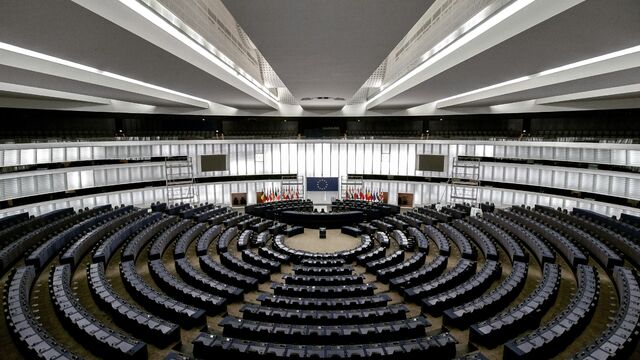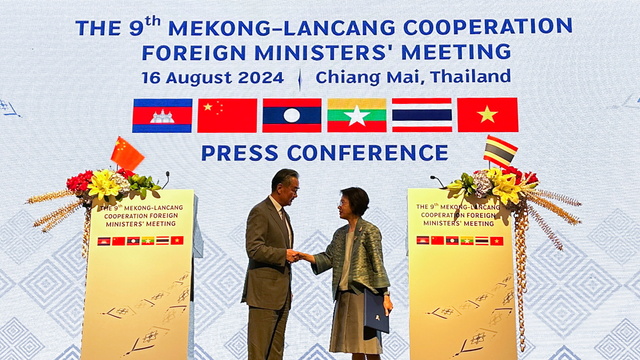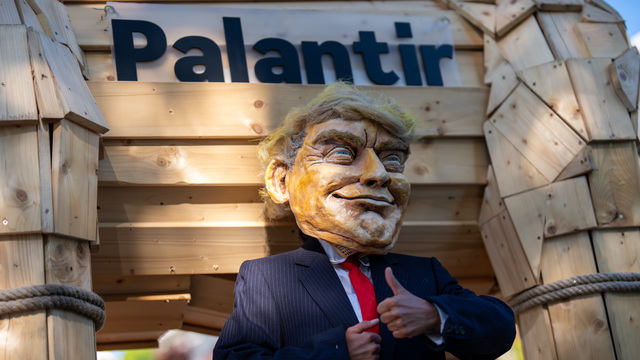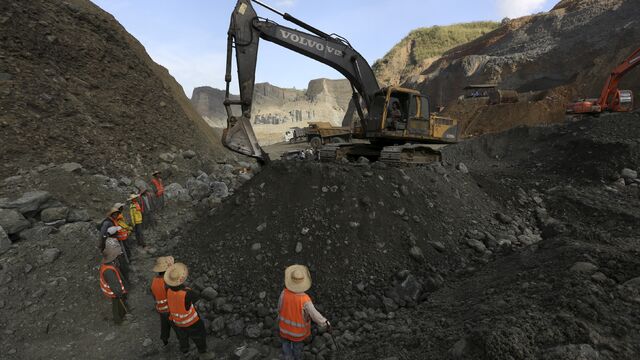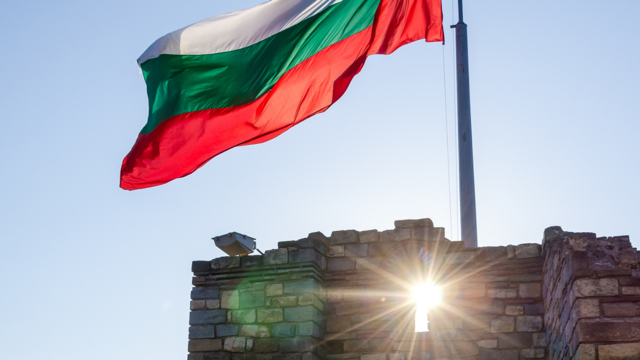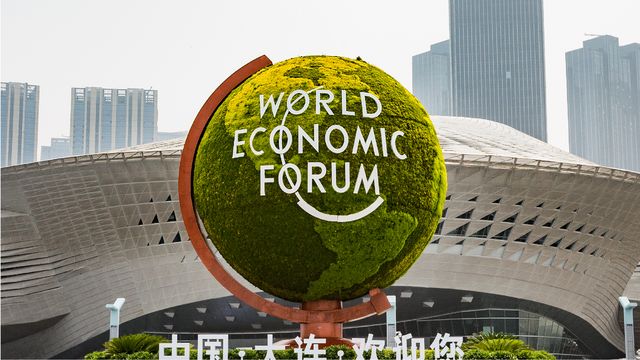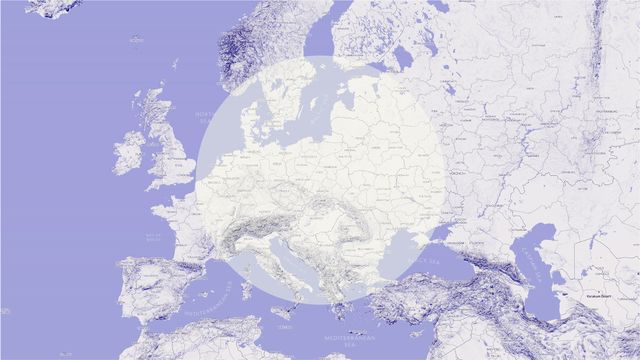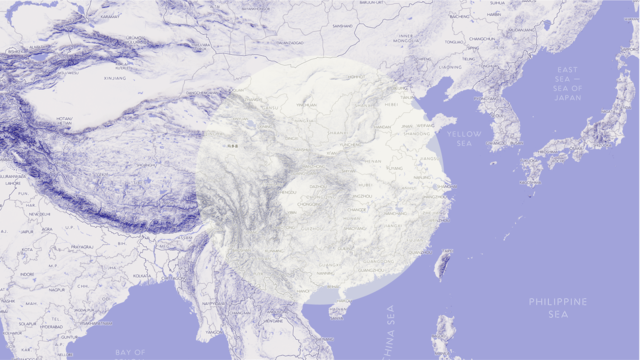The Regional Format 16+1: Early Rusting, Still Alive and Expanding into 17+1
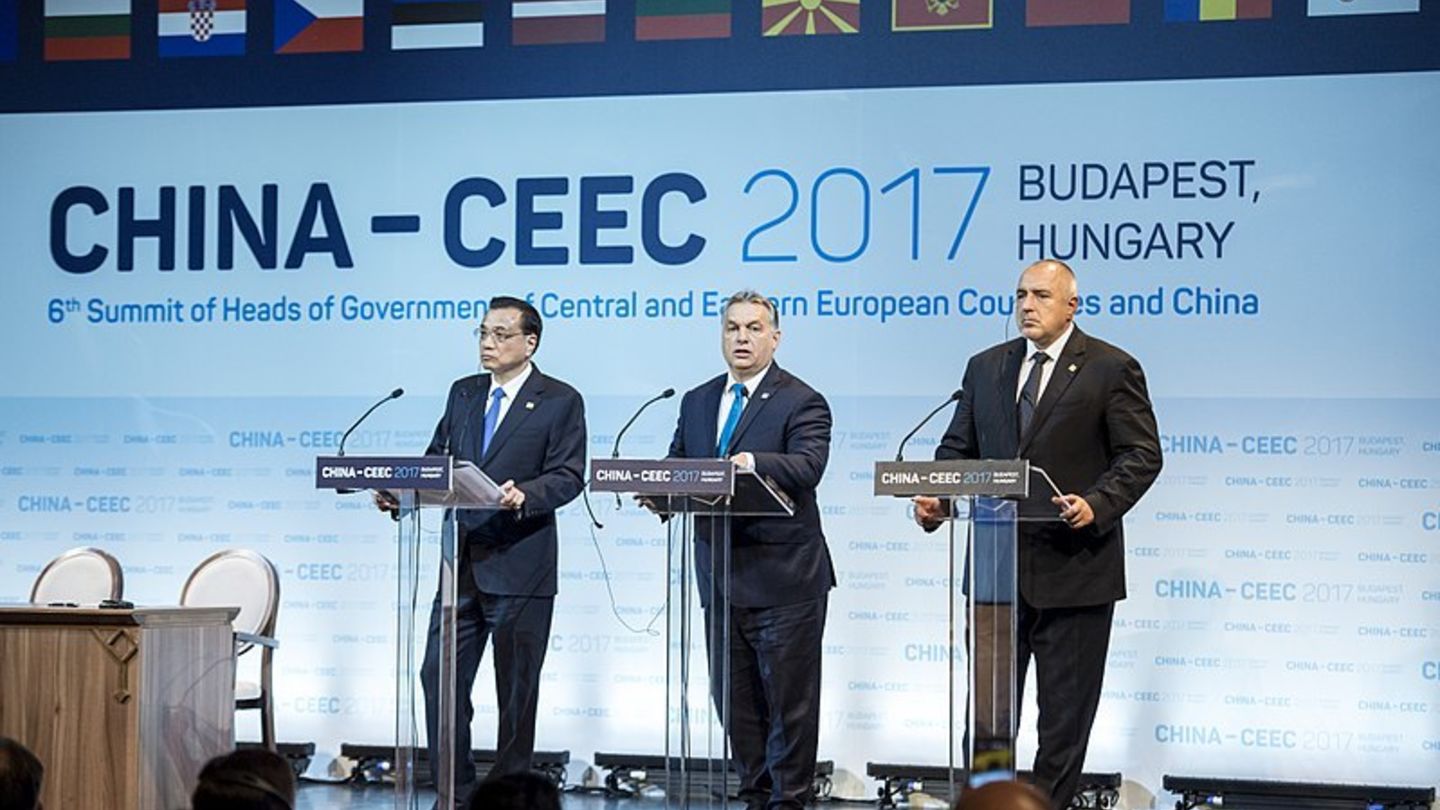
brief
Rudolf Fürst, Head of the Centre for EU-Asia relations, published the new article titled "The Regional Format 16+1: Early Rusting, Still Alive and Expanding into 17+1".
The sub-regional multilateral format of China and 16 post-communist states (16+1) proved that it could last seven years and that it has the potential to absorb new members. Consequently, the European Union is increasingly concerned about its potentially divisive effects on the EU’s unity. The expected economic benefits of 16+1 for the European partners have been scarcely relevant; still, the European states exploit the 16+1 format for strengthening their bilateral agendas with China. Amidst the trade war with China, the US regards China’s rising influence in Central Europe as a political issue. Beijing’s priority in Europe is to calm down the tension with the EU, Germany, and France over the 16+1 platform. However, the accession of Greece to the enlarged format of 17+1 in the recent 16+1 summit in Dubrovnik and the gaining of support for the Belt and Road Initiative in Italy enable China to establish its foothold on the European South’s doorstep in connection with the 17+1 regional platform.
INTRODUCTION
Looking back at the already seven-year-old sub-regional format 16+1, consisting of China and a group of post-communist Central and East European (CEE) states, is hardly a cause for jubilation from the European point of view. The original enthusiasm for Chinaʼs investment surge into the eastern periphery of the EU is fading, and except for the Balkans, which received several large energy and infrastructure investments from China, the other European members, such as the Visegrad Four (V4) and the Baltic states, remain mostly sober about their hypothetical gains from the Chinese win-win menu. Still they continue to take part in the routine 16+1 annual summits, seeing them as diplomatic bon ton events.
The coordinating efforts of the “big three”, i.e. Brussels, France and Germany, to counter China’s multilateral 16+1 format, which was originally tailored for developing countries, but is now spreading to the area of the EU, and their increasing annoyance with it expose the 16 states to a censorious glance. In addition, the US openly voiced its disfavour with China’s Belt and Road Initiative (BRI), and its expanding to CEE, the Balkans and the Baltic States, and increased its pressure on potentially disloyal allies in this respect. Still, the last summit in Croatia in 2019 made evident 16+1ʼs endurance and even its potential to expand.
THE INCREASING ATROPHY AND BUREAUCRATISATION OF 16+1 WITH ONLY LITTLE TANGIBLE OUTCOMES
China’s state-driven exporting of domestic overcapacity into CEE, and its navigating of development projects through investment streams into transportation, infrastructure and the energy sector suggest the initial logic of Chinaʼs revisiting of the post-communist CEE region. The CEE states, which are considerably integrated within the EU economic and political gravity, have for a long time perceived China as an additional economic stimulus; however, the promised boom of investments and trade did not happen, except for several greater projects in Serbia, Bosnia and Herzegovina, and Hungary. For China this region between Russia and Western Europe represents primarily one third of the EU purchasing potential, and also a sea and land transportation crossroads to be completed to boost the flow of Chinese exports to the EU market.
In the last seven years the formal institutionalisation of 16+1 included annual meetings of prime ministers, the establishing of the Secretariat, the setting up of the “12 Measures” and the $10 billion credit line, the annual Economic and Trade Forums, and the establishing of sectoral cooperation agencies of “National Coordinators” for investments, transport and infrastructure, logistics, tourism, cooperation between local governments, higher education, a joint chamber of commerce, financial cooperation, science and technology, and think-tank exchange. Each 16+1 summit issues final guidelines, which summarise the past events and designate the future program and its implementation. The repetitive bureaucratic agenda managed to set up a normative language, a kind of a “sixteen-plus-one-speak” for planning, discussing, assessing, concluding, and agreeing future goals and meetings. Such a rather general and loose scheme of annual formal meetings recently raised doubts about Chinaʼs real interest: is this overlapping of multilateral and bilateral agendas and maintenance of Chinaʼs regional influence agenda really a meaningful and prosperous project? Most of the 16 states are not seriously indebted and need no financial aid. The easier money from EU structural funds for infrastructure massively outweighs Chinese loans in CEE; the only exception is that some Balkan states that are currently waiting in line for EU accession may think of Chinese loans and investments as an alluring alternative opportunity.
INTERNAL FLUCTUATIONS AND THE EU-CHINA COMPETITIVE TENSION
The post-2008 global economic crisis efforts of Polish and Hungarian economic diplomacies initiated the strategy to engage China more deeply in CEE, as the Chinese investors increasingly highlighted Europe as a strategic destination of their investments. The fluctuating political support from more trans-Atlantic oriented states like Poland, Czechia, Slovakia and the Baltic states reveals the limits of their political loyalty to 16+1. Not only domestic academic and media groaning about the little economic gains that their countries received in practice outside the summit halls, but also the occasional absences of prime ministers at the annual meetings, indicated the early weariness of the attendees. The most striking gesture came from Poland when Premier Mateusz Morawiecki was absent from the Sofia summit (2017), leaving Poland represented just by Vice-Premier Jaroslaw Gowin. When the Polish defence minister Antoni Macirewicz marked the BRI as a national security threat, it indicated the high level of Sino-Polish ambiguity. Also, the visits of the Dalai Lama in Czechia, Estonia, Poland, and Slovakia, and the occasional Czech support for EU criticism of China for its human rights violations confirm the unpopular image of Chinaʼs political model in post-communist states.
The most serious constraints for the Chinese wooing of CEE is the worsening EU perception of China with regard to the global BRI strategy, and concerns that the 16+1 platform might undermine the European unity. The latest European Commission strategy paper, titled “EU-China – A Strategic Outlook”, issued in March 2019, contained the so far strictest statements about China’s rising economic and political power and its ambitions to become a global leader. The EU thus calls for a more balanced reciprocal trade and investment regime, and puts more stress on the human rights issue, investment screening scrutiny, abolishing forced technology transfers, and enhancing critical digital infrastructure security. The EU member states, and especially the members of the 16+1 group, are called to maintain their “responsibility and ensur[e] consistency with EU law, rules, and policies”. Even tougher wording is found in the Federation of German Industries (BDI) paper “China – Partner and Systemic Competitor: How Do We Deal with China’s State Controlled Economy?”, which explicitly points to China as a systemic competitor. The 16+1 format has already become a political issue in the EU-PRC agenda, and it made Beijing tone down the 16+1 format last year, consider holding future 16+1 summits only once every two years, and demonstrate a willingness to accomodate the 16+1 agenda with respect to the EU by formally inviting EU, German and other European representatives to attend the 16+1 summits.
The EUʼs concern about China’s “divide and rule” strategy has persisted since the first years of 16+1’s existence, but was that really the case? Occasionally, some European states’ support for the Chinese stance has been in fact arranged bilaterally and apart from 16+1; furthermore, and more significantly, the allegations that some EU member states give political support to China in exchange for economic benefits is not sufficiently supported by facts and analysis. This may, on the other hand, reassure hawkish voices that regard China’s European regional policy strategy as a primarily political project. The European critics may also point to the 16+1 annual China-CEE ministerial conferences and the Investment and Trade Expo as potentially eroding the EU common trade and economic policy of the EU-PRC format.
THE US’S RISING CONCERN ABOUT CHINA’S INFLUENCE IN CEE
The most hardening voice, however, comes from the US. Amidst the trade war with China President Trump’s team voiced a brand new ideological issue when they pointed to China’s rising influence in Central Europe. Former Assistant Foreign Secretary Wes Mitchell, and Mike Pompeo, during his visit to Budapest and Warsaw, both identified CEE as a region exposed to Russian and Chinese influence and a space of strategic competition. Czech Foreign Minister Tomáš Petříček’s visit to the US, and Czech Premier Andrej Babiš’s separate meeting with President Trump in Washington, DC came in response. The first ever meeting of the Czech Premier with the CIA director there signalled a plan for closer cybersecurity cooperation, as Czechia and Poland declared tough restrictive measures against Huawei in November 2018. These included arresting two Huawei top executives in Warsaw, which indicated a significant blast against their strategic partnerships with China.
FIRST APPEASING THE “BIG THREE” AND THEN EXPANDING INTO 17+1
President Xi Jinping’s meeting with French President Macron, German Chancellor Merkel and EU President Juncker in March 2019 before the EU-China summit (August) proved that Beijing’s priority in Europe is “the big three”, as well as China’s concern about avoiding a confrontation with Europe amidst the trade war with the USA. Soon after, the following 16+1 summit in Dubrovnik underlined the rising prominence of Croatia within the BRI strategy, as there the iconic Peljesac Bridge is being constructed by a Chinese contractor, and the seaports Zadar and Rijeka absorb major Chinese investments. In addition, the accession of Greece to the 17+1 group at the summit then revealed a paradoxical, yet creeping energy of the China-led sub-regional group. The enormous strategic importance of Greece with its Port of Piraeus and its political potential swinging between Beijing and Brussels is going to matter more than the disappointment of the V4 and the Baltic States. In fact, 17+1ʼs centre of gravity is shifting from the V4 to the Balkans; as it achieved support for the BRI in Italy together with logistic and port platforms in Trieste and Genova, China gradually proceeds to establish its foothold on the European South’s doorstep.
RECOMMENDATIONS
Where is the benefit for the 17 China followers, which hope not to miss the cash flow, and keep on waiting for the Chinese left over investment crumbs to fall off the German table? The CEE small states retain their seats in the Chinese cuckoo’s nest with an unclear additional value, and are exposed to the big three’s sermonising. For sure the EU has no power to divert the states from their support for the 17+1 platform, but still Beijing cannot openly oppose the big three’s pressure to keep 17+1 in line with the EU common policy and EU internal investment and trade rules. Below are some recommendations for the future directions of Czechia and the other European members of 17+1.
▸ Skipping out on the group of 17 is certainly not a good idea for the member countries now because of the still available extra bonus of an active business dialogue with China surpassing the limited capacity of small states.
▸ Maintaining an active and transparent position between the EU and China, and promoting a bilateral agenda in all formats is the understandable choice, and the EU at least got a bigger stick for the next round of summits with Beijing.
▸ The Czech concern is to assuage the EU by demonstrating its coherent and transparent stance between its own bilateral Chinese agenda and the EU common policy. Czechia is to promote its sectoral priorities through the 17+1 format, while continuing to support the EU common policy on global and regional political issues; the EU common security policy, including the issue of cybersecurity; and the EU internal trade (with a common MES position) and investment policy (regarding the joint FDI screening system); and staying in line with the common EU policy of values and human rights.
